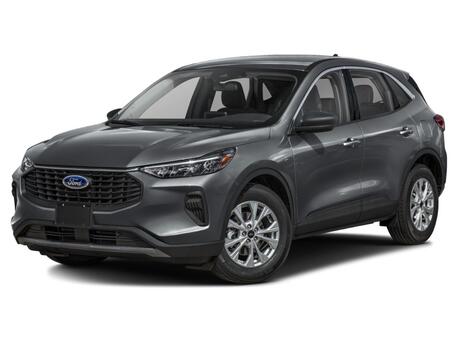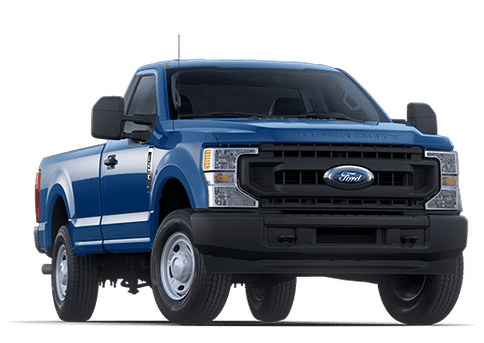Von Schledorn Auto Group Official Blog
Do electric semi-trucks exist?
By Product Expert | Posted in Technology, Trucks on Tuesday, July 14th, 2020 at 11:45 pm
Electric Big-Rig Truck FAQs
As concerns about the environment continue to increase, measures are being implemented to minimize pollution. Traffic is a big cause of air pollution, and electric vehicles are being posited as a way to counter this issue. Semi-trucks are an even greater cause of air pollution than the average vehicle. Do electric semis exist?
Learn more intriguing automotive tidbits on our blog!
Yes, electric semi-trucks have begun being built on a small scale, and their use is expected to increase in the future. California passed a regulation earlier this year that requires automakers to sell electric trucks, beginning in 2024. That requirement includes big-rigs.
It’s generally agreed upon that the vehicular future is electric. What’s less certain is when exactly that future will come to pass.
You may also be interested in the electric Mustang.

What are the benefits of electric big-rig trucks?
The most obvious benefit of electric semis is the reduction in air pollution, a problem of which diesel trucks are a major source. Areas with heavy trucking activity have been noted to experience high asthma, cancer and diabetes rates. These issues could be attributed to the trucking industry.
In addition to the environmental benefits, electric semis deliver a quiet, smooth ride that one can’t get in a diesel truck. Drivers tend to like them for this reason, along with the fact that they don’t have to come home smelling like diesel at the end of the day. When driving an electric big-rig, one can hear elements like the air compressor and brake valves, mechanisms that would normally be drowned out by a roaring engine.
Have you heard of the electric Ford F-150 that can tow one million pounds?
Who builds electric semi-trucks?
At the moment, many electric semis are built by hand. For example, in Portland, a man named Jason Gray has built about 38 eCascadia electric semis at his company, Daimler Trucks. These trucks are currently being test-driven by about a dozen customers.
What are the downsides of electric semis?
Electric semi-trucks will likely be very expensive when they arrive on the market. In addition, trucking companies will need space and equipment to charge the huge, refrigerator-sized batteries. Range is also a hurdle; the eCascadia, for example, can go about 250 miles before it needs recharging. That’s likely not quite enough distance for many trucking routes.





























